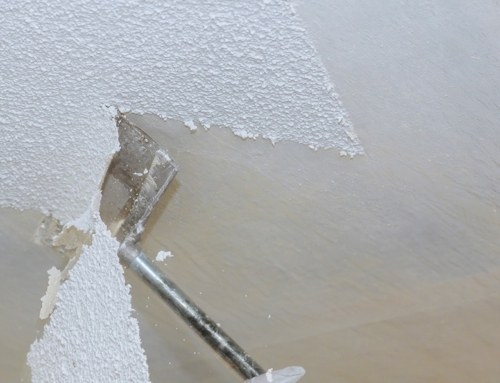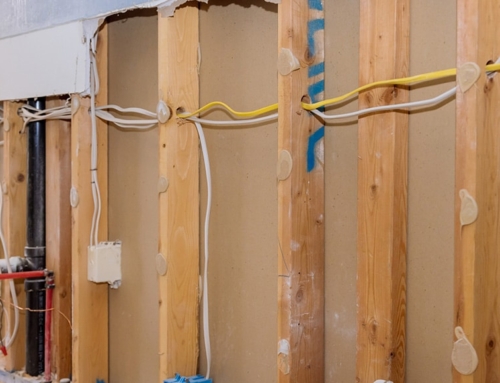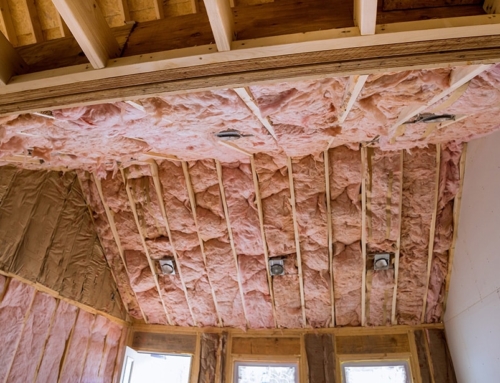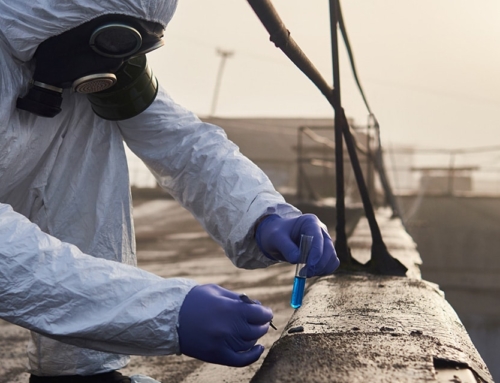If you are an owner or manager of a building in Utah County, UT, that contains asbestos, it
is essential to stay up-to-date on the latest asbestos regulations. The Environmental
Protection Agency (EPA) has put in place several restrictions on the use and disposal of
asbestos, and failure to comply with these regulations can result in significant fines. We will
discuss some of the critical aspects of asbestos regulations that you need to be aware of.
1) Renovation and Demolition
The National Emission Standards for Hazardous Air Pollutants (NESHAP) requires property
owners and contractors to manage asbestos when performing renovation or demolition
activities properly. Contractors must be certified in asbestos abatement, the workers must be
trained, the area must be monitored for hazards, and the debris must be disposed of in an
approved manner.
Also, manufacturing operations and disposal sites that involve asbestos must meet the
standards of new source performance, which are laid out in 40 CFR Part 61 Subpart M.
2) Inspections and Maintenance
Under the Asbestos Hazard Emergency Response Act (AHERA) and the Clean Air Act
(CAA), all buildings built before 1980 must be inspected for asbestos-containing materials,
and those found must also be maintained safely. Owners of such buildings should have an
asbestos management plan and ensure their building is regularly inspected for asbestos by
qualified personnel.
Owners of buildings containing asbestos must maintain the structure and its components in
a safe condition, which includes proper inspection, repair, and maintenance. Any activity
involving the repair or demolition of asbestos materials should be performed by a licensed
asbestos abatement professional who is trained and certified.
Steps Involved in Asbestos Abatement Services
Professionals in hazardous material removal services must follow the strict regulations of the
EPA when dealing with asbestos. Here is an overview of the steps professionals must take
when providing asbestos abatement services:
1. Assessing and Testing: The first step in the abatement process is assessing and testing
the area where asbestos may be present. Samples of suspected materials are taken and
sent for laboratory testing to determine if asbestos fibers are present and, if so, what type.
2. Removal: If asbestos materials are present, the abatement professionals must remove
them according to EPA regulations and standards. This includes safely containing the
affected area to prevent the spreading of fibers, wearing protective clothing, and disposing of
the materials in an approved manner.
3. Cleaning: After removal, a thorough cleaning of the area is necessary using HEPA
vacuums or other equipment to collect any remaining dust and debris.
Call Asbestos Abatement Services in Utah County, for all your asbestos testing and
removal needs. Our team has the experience and expertise to safely and securely remove
asbestos from your property by all federal, state, and local laws.







Leave A Comment